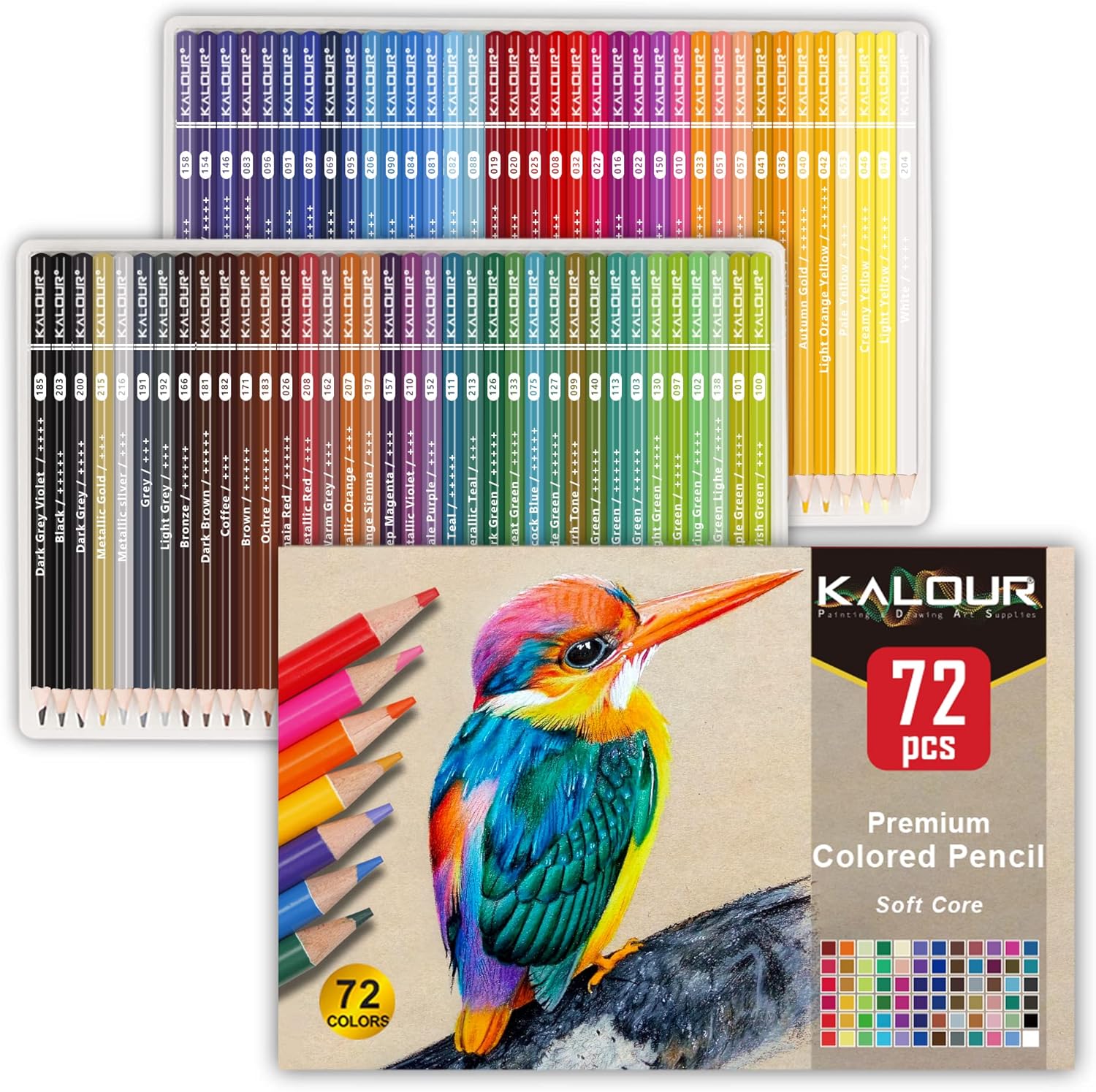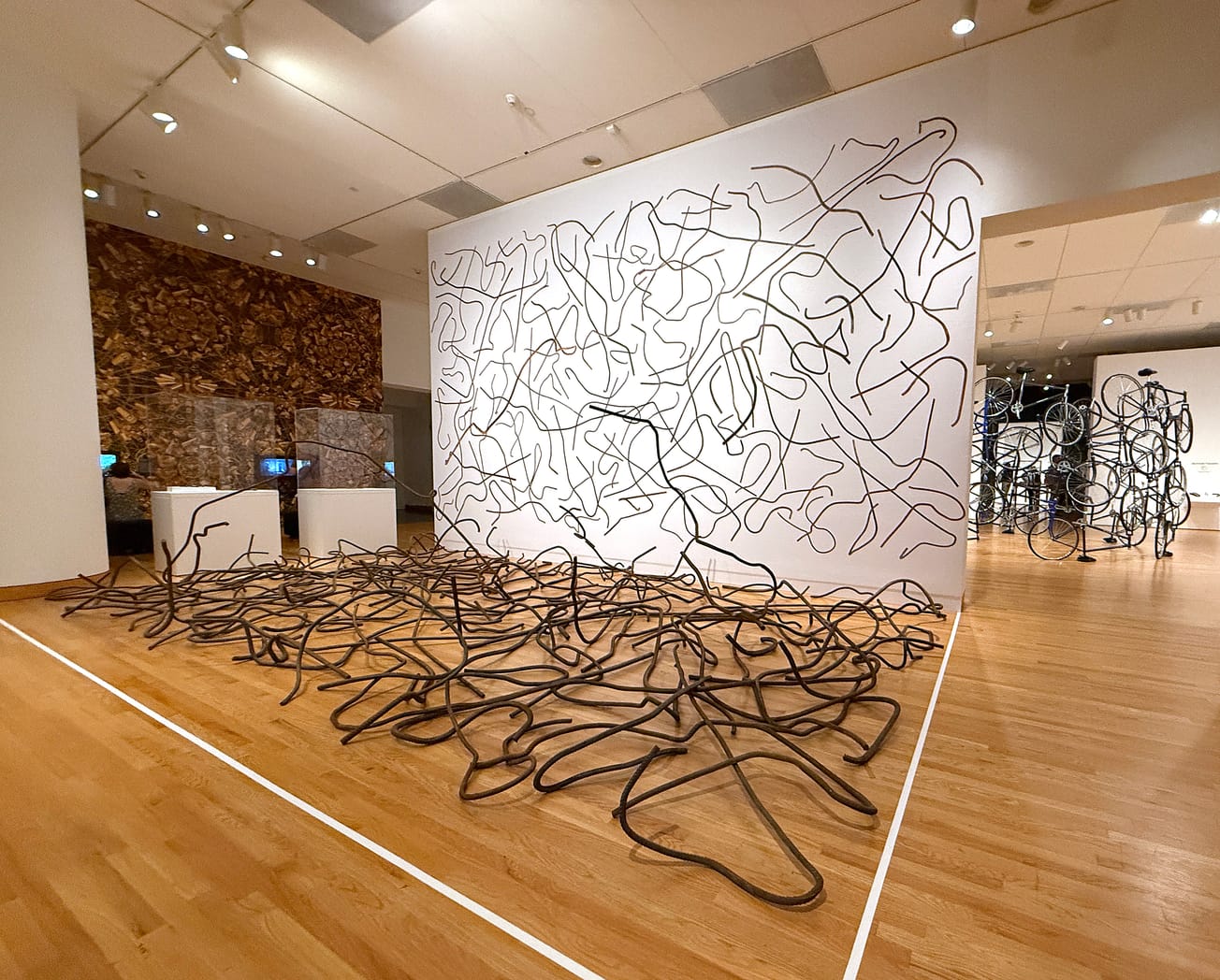Photos by Michael Cagno
Art is more than a canvas that hangs over the couch, a sculpture in the garden, or a piece of furniture to place framed photos on. Art is power. International artist and disruptor Ai Weiwei believes that art and political activism are inextricably linked as a powerful tool for social and political commentary. Just as the relationship between yin and yang, art and politics influence and shape each other, creating a tension that challenges expression, human rights, and the power of government. One of Ai Weiwei’s popular quotes is “Everything is art. Everything is politics.” In 2011, Ai Weiwei was imprisoned for 81 days by the Chinese government and held captive in a windowless cell as part of China’s larger crackdown on human rights activists. In 2015, his passport was returned, and he left China. Known for his sculptures, installations, and performance pieces, he continues to create works that challenge authority and raise awareness about social injustice. As an artist, he channels his firsthand experiences with persecution and censorship into creating works that speak out against oppression. The roots of his creativity can be traced back to China’s Cultural Revolution during his childhood, as well as the influence of his father, a renowned poet and a persecuted individual. Ai Weiwei studied at Beijing’s Film Academy and lived in the United States from 1981 to 1993, where he attended notable institutions such as the Parsons School of Design and the Art Students League of New York. In the early 1990s, he returned to China and established the China Art Archives & Warehouse, becoming a leading artistic figure in contemporary Chinese art.
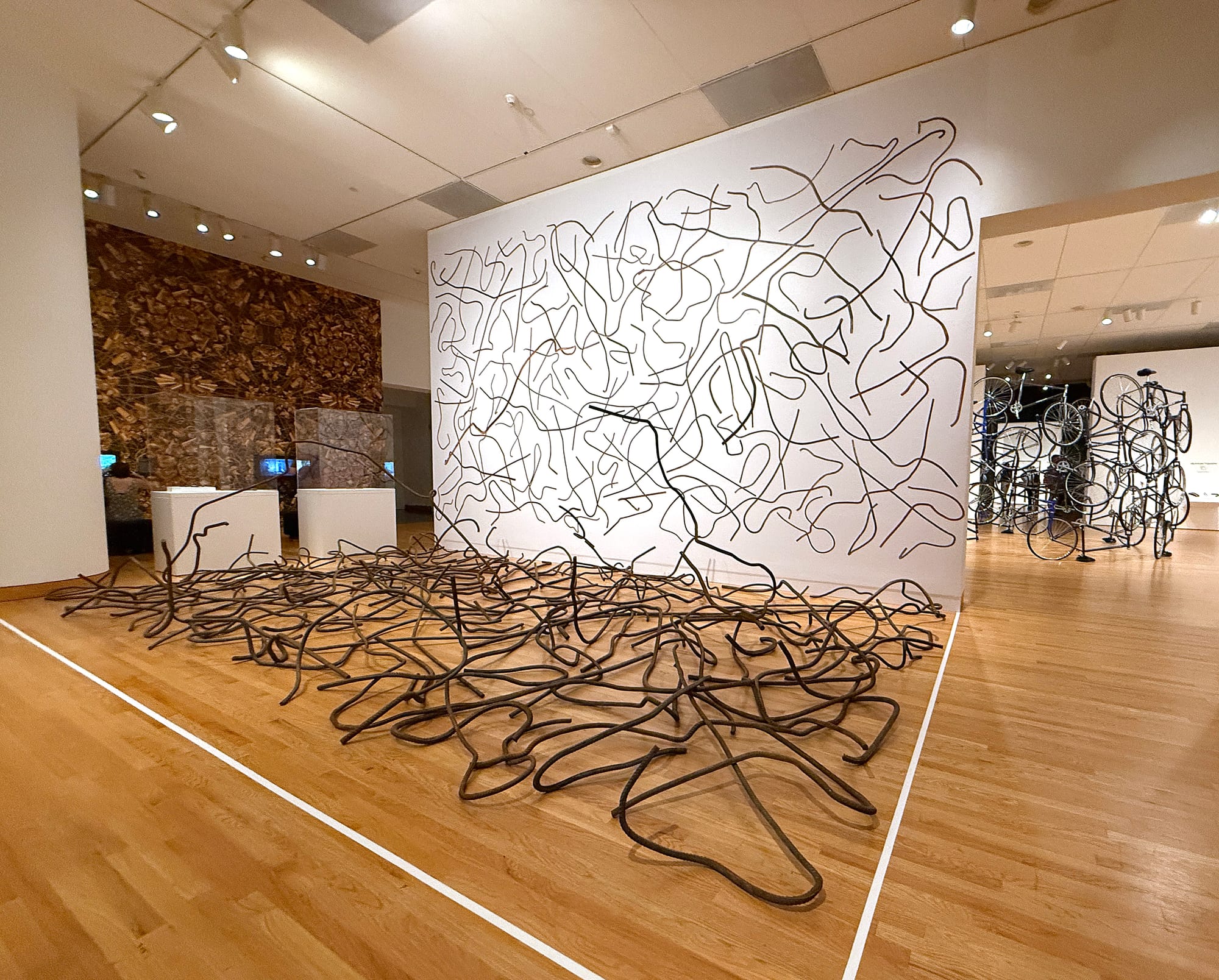
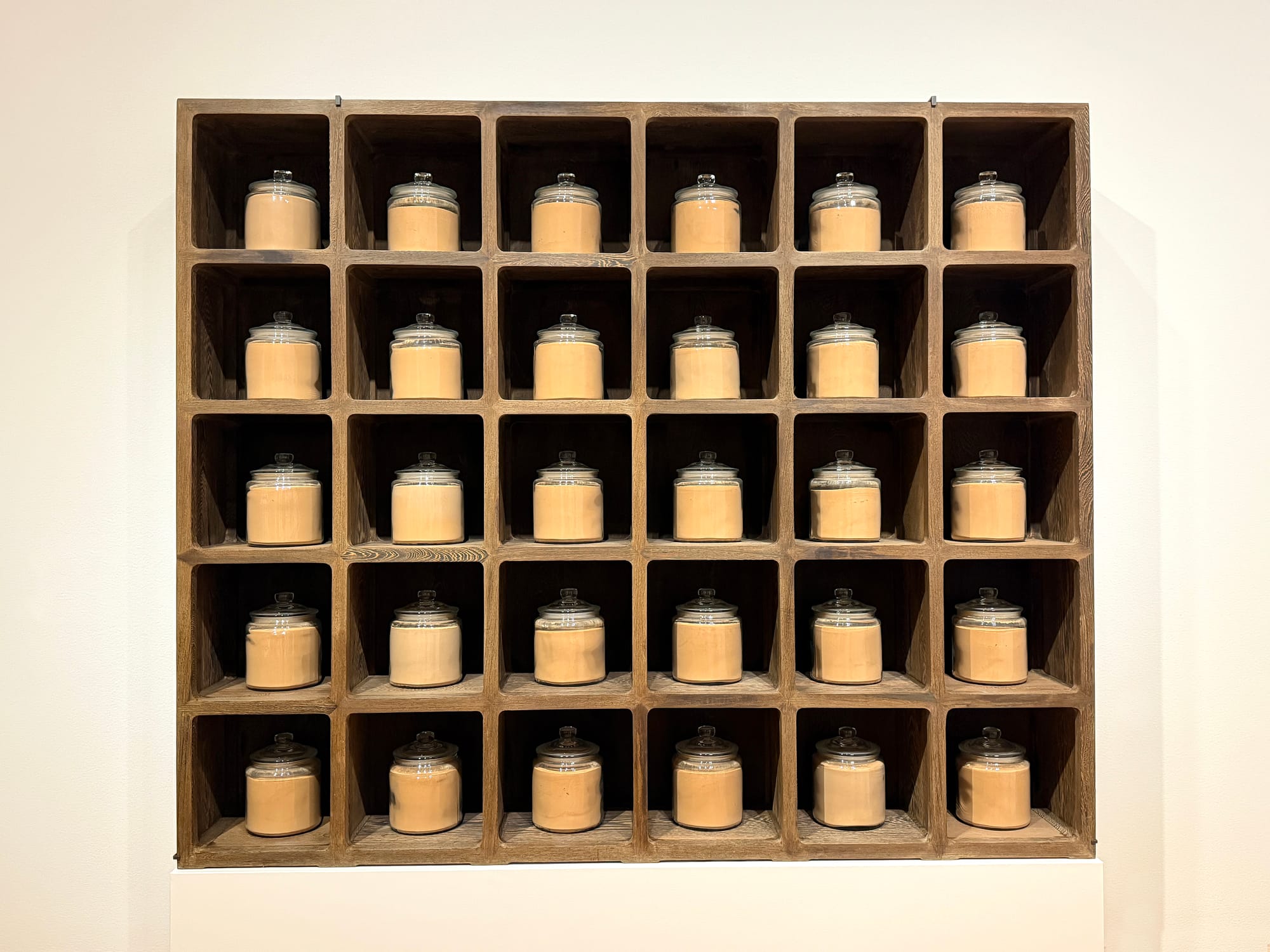
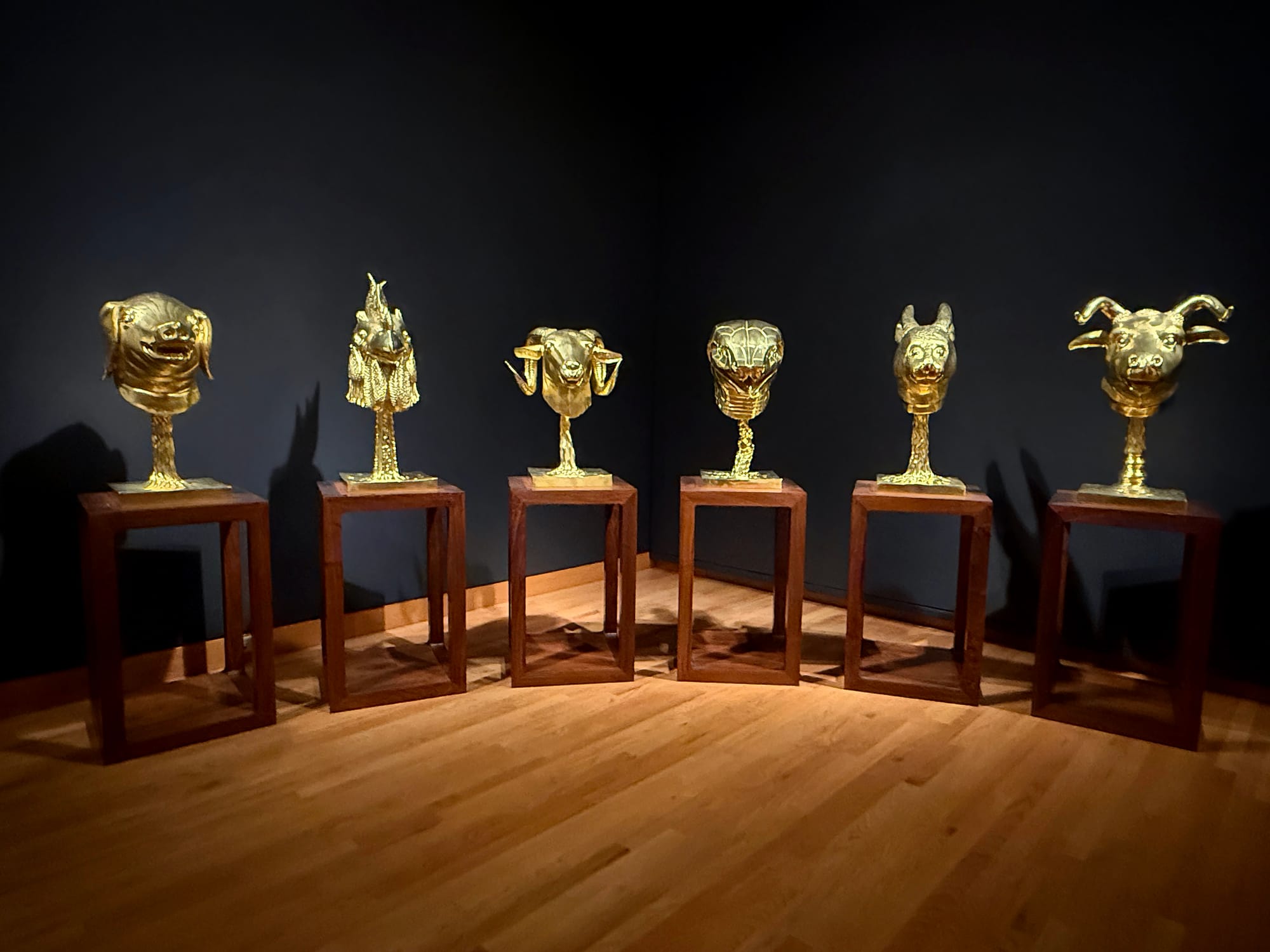
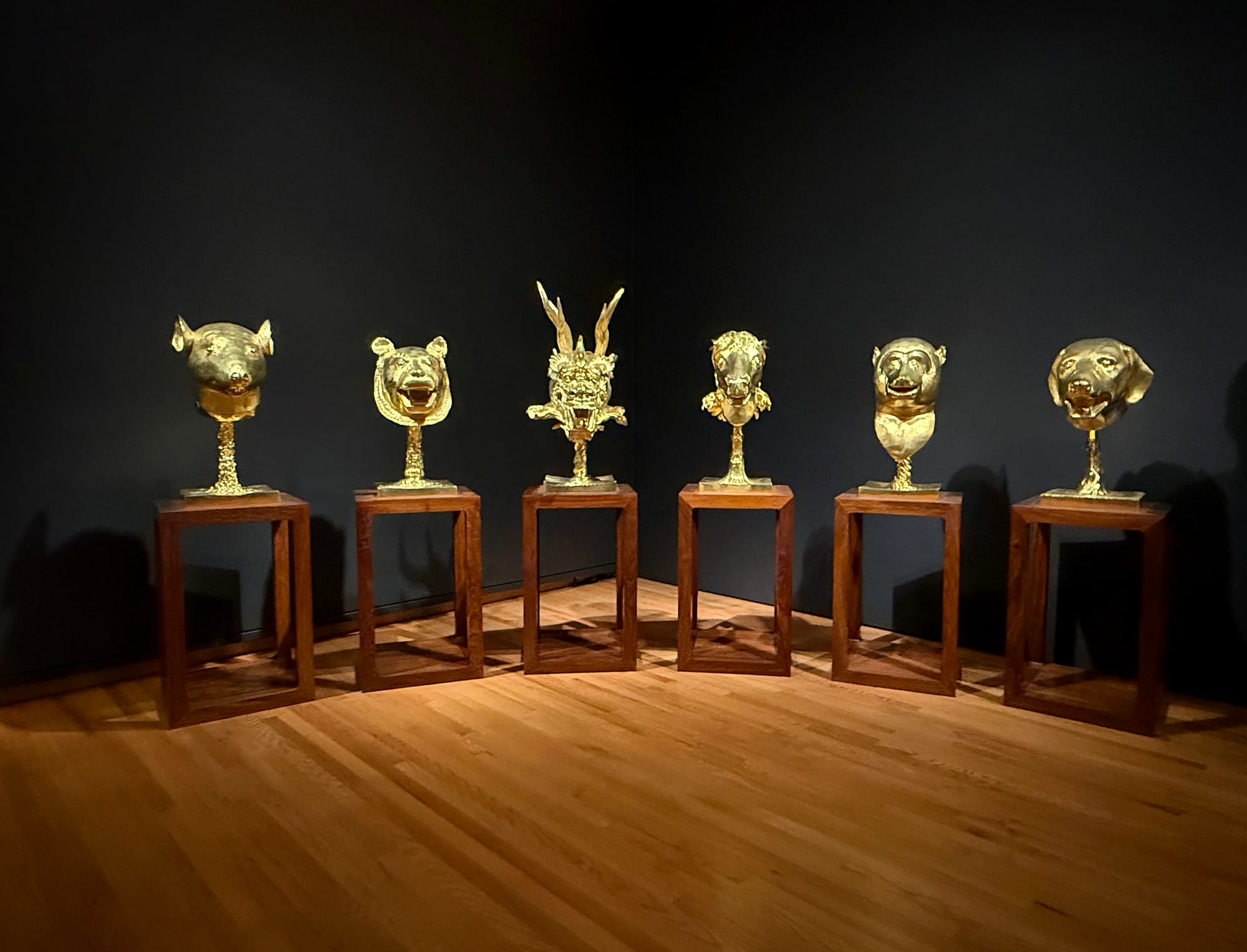
Clockwise from top: Forever, Dust to Dust, Circle of Animals/Zodiac Heads
Ai Weiwei pushes the boundaries of art, making it an instrument for activism and truth-telling. His work goes beyond the surface, forcing the viewer to witness and question. The pieces he creates become a visual record of truth, as official stories from the media and government are often incomplete or misleading. In this, his works speak when others are forced to be silenced and lead the way to hold “power” accountable. “If we don’t push, nothing will move forward,” says Ai Weiwei. His work illustrates how provocation and irony strengthen his resolve as an artist. The Seattle Art Museum recently concluded Ai Weiwei’s largest-ever exhibition in the United States this past summer, featuring over 140 works. Ai, Rebel: The Art and Activism of Ai Weiwei challenged the status quo. With so many prominent works, it was difficult to select a few to highlight for this article. The group of twelve gold sculptures, Circle of Animals/Zodiac Heads, represented rat, ox, tiger, rabbit, dragon, snake, horse, sheep, monkey, rooster, dog, and pig. Each of these symbols represents one of the ancient Chinese zodiac signs. Ai Weiwei was inspired by the original set that adorned an imperial retreat in Beijing, but was destroyed by the British in 1860. Heavily influenced by the work of Duchamp, Ai Weiwei’s forty-two interlocking bikes, Forever, represent the bike brand from Shanghai. The Forever brand was the leading bike manufacturer from the 1940s until it eventually lost prominence due to the rise of motorcycles and automobiles. Another influence of Duchamp can be seen in Ai Weiwei’s Dust to Dust, an installation of thirty glass jars containing the remains of pulverized Neolithic ceramic objects. “Dust to Dust” is a common phrase used at funerals, implying a profound understanding of mortality. The jars serve as a memorial to preserve the remains. Finally, Forge brings attention to the schools destroyed in the 2008 Sichuan earthquake. Ai Weiwei placed bent rebar on the floor in an organized yet chaotic manner to document the Chinese government’s attempt to cover up substandard construction.
After having the honor of visiting Ai Weiwei’s retrospective in Seattle, I am reminded of how the arts go beyond the surface. His commentary on topics such as surveillance, migration, and freedom seamlessly fuses art and political resistance. Additionally, he emphasizes the artist’s role and the importance of transparency. As a catalyst for dialogue, this exhibition directly asked the viewer to think about power and its relationship and impact on humanity. “This article is based on a recent visit to the Seattle Art Museum’s exhibition ‘Ai, Rebel: The Art and Activism of Ai Weiwei’ that ended on September 7, 2025.”
To see local art please visit The Noyes Museum of Art at Stockton University
